Schmersal Industrial Automation

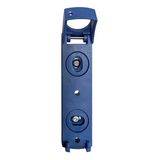
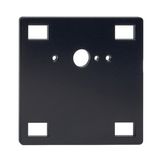

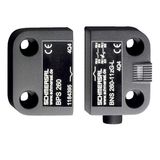

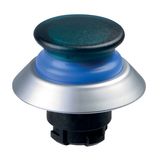
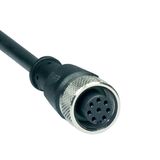





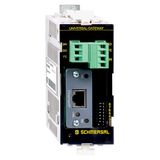


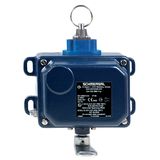
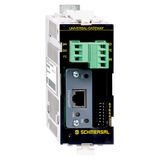
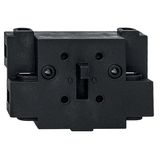
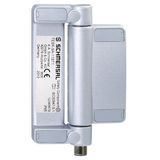
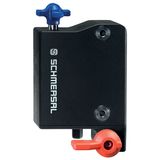
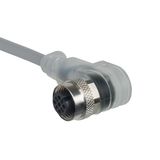
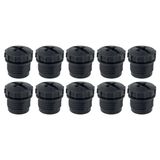
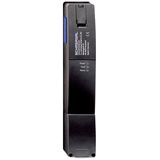
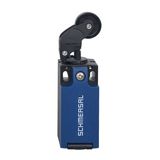
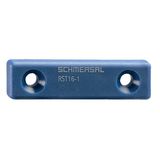



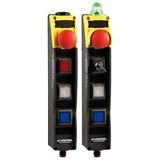
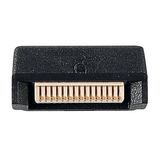
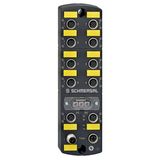
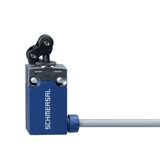


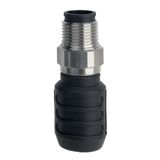
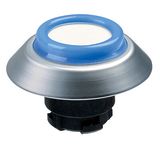
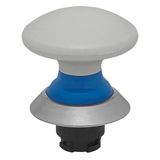
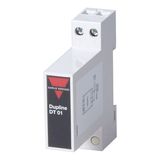
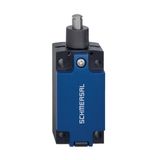
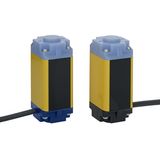

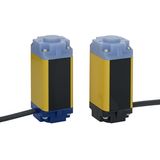
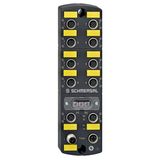
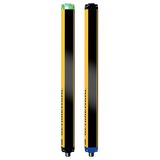
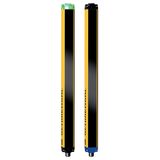
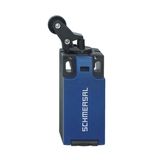
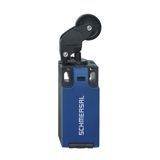
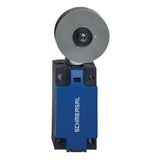

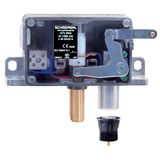
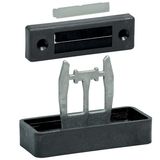
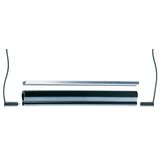
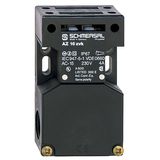
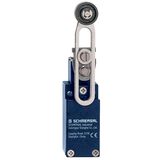
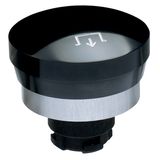


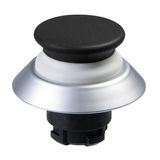

schmersal automatics and control scope for OEMs and integrators
Machine builders pick this platform when safety, motion, and diagnostics must line up without a rack full of adapters. Typical control voltages are 24 V DC with robust EMC margins; response times stay in single-digit milliseconds for emergency circuits, and the I/O geometry matches real panels—compact on DIN rail, readable labels, and terminals that take ferruled conductors cleanly.
Product range and series overview
Three buckets cover most projects.
Logic and safety heads deliver configurable or programmable safety with fieldbus options for modern PLCs. Expansion and I/O bricks add fast discrete channels and analog capture. Panel hardware—relays, gateways, signal conditioners—bridges sensors, drives, and HMIs so the cabinet remains coherent when the line changes.
schmersal safety controllers logic, networking, and PL SIL targets
Configurable units handle dual-channel E-stops, light curtains, interlocks, and enabling switches with built-in EDM, cross-short detection, and test pulses for OSSD inputs. Programmable variants scale to multiple zones and allow muting, blanking, and time-of-flight logic. Performance targets: up to PL e per ISO 13849-1 and SIL 3 per IEC 62061/61508 with Cat. 4 architectures; safe outputs are semiconductor or relay (typically 2–6 A AC-15/DC-13), with reaction times ≈ 8–20 ms. Interfaces include PROFINET/Profisafe, EtherNet/IP CIP Safety, and EtherCAT FSoE for transparent diagnostics at the PLC.
schmersal automation modules I O, diagnostics, and expansion
Standard I/O blocks offer 8–16 DI/DO with source/sink selection, plus analog 0–10 V/4–20 mA for process values. Diagnostics expose per-channel status, short-circuit and overload flags, and cycle counters for predictive maintenance. Hot-add expansion keeps the base address; removable terminals let you swap a brick without re-landing wires. Typical channel loads: 0.5–2 A per DO with electronic protection and resettable fusing.
schmersal interface devices safe relays gateways and signal conditioning
Safety relays with force-guided contacts bridge legacy guards to modern logic; converter cards translate incremental/SSI encoders, thermocouples, and load cells; protocol gateways present clean handshakes to drives and robots. Galvanic isolation and 2–3 kV test levels protect PLC inputs from noisy plant wiring. DIN 43880 widths keep door real estate sane.
schmersal control systems architecture and fieldbus options
A tidy spine: distributed I/O on the machine, safety head in the main cabinet, and one network—choose PROFINET, EtherNet/IP, or EtherCAT—across motion, I/O, and HMI. Safe and standard traffic coexist, so you keep one cable to the cell and still get granular fault codes (guard open, channel discrepancy, EDM fail). Time sync supports coordinated stops with drives.
schmersal machinery control operator devices and guard monitoring
Emergency stop devices follow ISO 13850 with latching, twist-release, and illuminated options. Coded guard switches (RFID/magnet) supply high coding levels; hinge and tongue types cover doors and hoods; trapped-key interlocks enforce lock-out/tag-out around coasting hazards. Two-hand controls and enabling switches support setup modes. All devices are available with M12 connectors or terminal versions to suit wiring method.
Technical specifications and standards
Electrical 24 V DC systems with ripple tolerance and surge immunity to IEC 61000-4; outputs rated to DC-13/AC-15 duty; DOs protected against short and reverse wiring.
Safety ISO 13849-1 (PL a–e), IEC 62061/61508 (SIL 1–3); muting per IEC 61496 context when tied to AOPDs; interlocks to IEC 60947-5-3; machine wiring per IEC 60204-1.
Environmental −10…+55 °C typical, 5–95 % RH non-condensing; vibration resistance per IEC 60068; conformal coating options for harsh zones.
Mechanical DIN-rail 35 mm; removable terminals 1.5–2.5 mm²; clear torque markings; coded plug sets for module swaps.
Communications PROFINET with MRP, EtherNet/IP with DLR, EtherCAT line/star; safe profiles as noted above.
Applications and compatibility
Packaging and assembly cells benefit from fast zoning and light-curtain muting at conveyors. Presses and metalworking centers use EDM and discrepancy checks on dual-channel stops. Intralogistics lines mix interlocks and scanners on long runs where diagnostics over fieldbus save walk-time. The mechanical language aligns with trays, enclosures, and boards already in your spec, so cabinet builds reuse glands, rail pitch, and label sets.
Integration with other brand products
The hardware mates cleanly with mainstream PLCs and servo drives via standard fieldbuses. Power-side coordination (MCB/RCBO curves, SPDs) sits on the same 18 mm rail pitch used in your distribution boards. For HMI and panel space, widths follow common DIN modular envelopes, so safety and standard components share doors without odd cutouts.
Selection criteria for B2B clients
Risk profile Map stop categories, required performance level, and reset philosophy; pick configurable vs programmable heads accordingly.
I/O density and wiring Choose distributed blocks to shorten sensor runs; confirm DO current and inrush for valves and contactors.
Fieldbus strategy Keep one network across the cell; add a safe profile for diagnostics you’ll actually use.
Response and availability Check total stop time including drives; select redundant outputs and external device monitoring where needed.
Maintenance plan Prefer removable terminals and coded backplanes; store parameter sets centrally for one-click replacement.
Panel and environment Verify temperature, vibration, and ingress; specify conformal coating or coated relays where airborne oils are present.
Advantages of working with Bankoflamps
You get individual B2B prices tailored to your parts list, plus a personal account manager. Stock availability is shown in real time across our and partner warehouses. Send a quote request online and expect a quick response—usually within 1 hour. Fast order placement by EAN/MPN keeps your ERP clean, and you can download price lists any time. The portal shows lead times and order status, with purchase-history access to analyse repeat builds. Trusted clients can use post-payment up to 30 days. Consolidated order management reduces freight by grouping ready lines, with smart delivery cost estimates at order and exact figures before dispatch. Prices are issued with validity dates so phased deployments stay predictable.